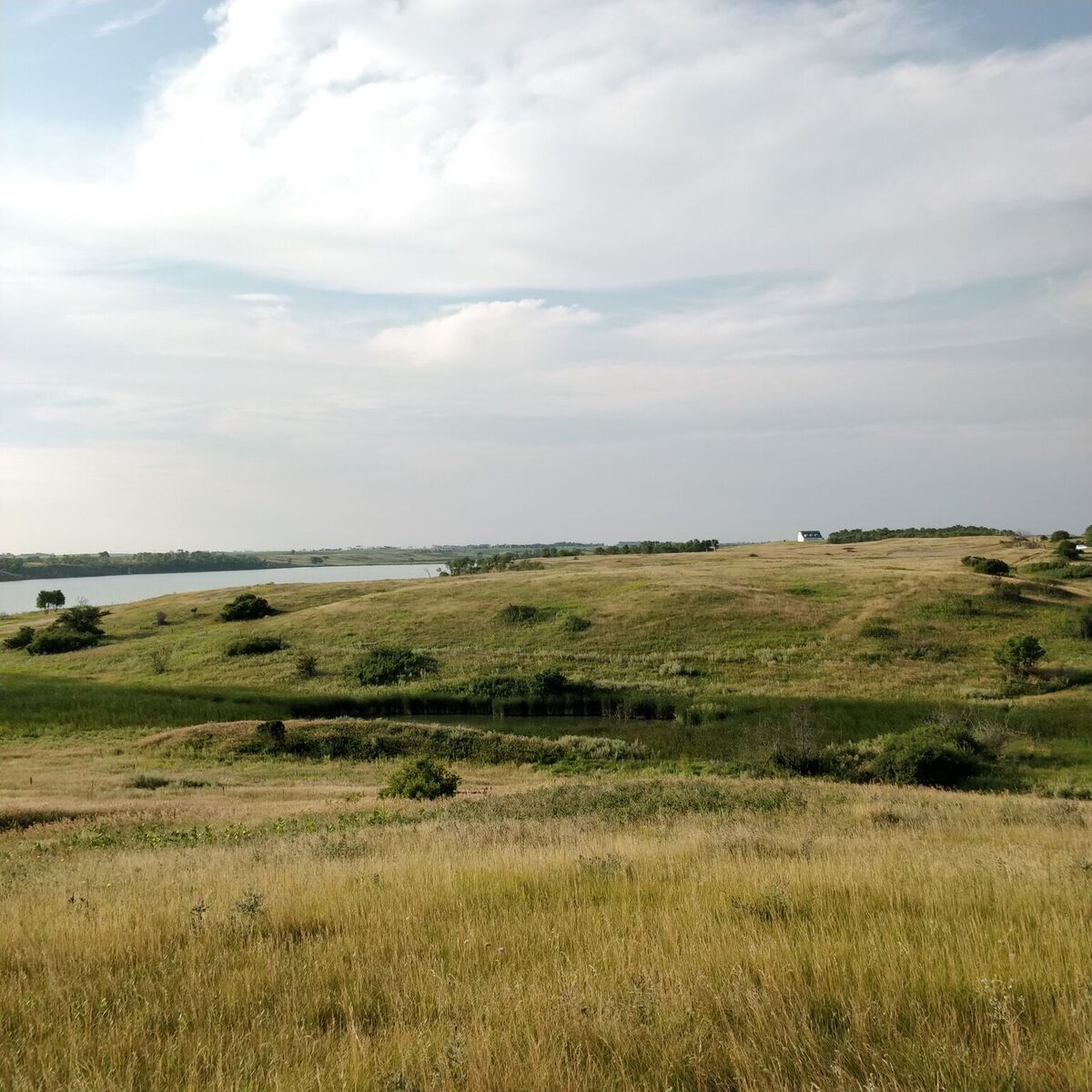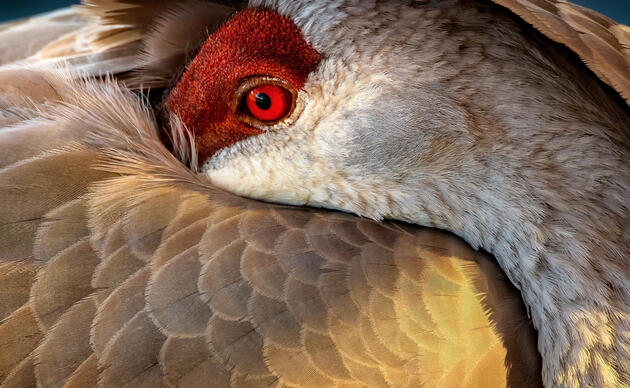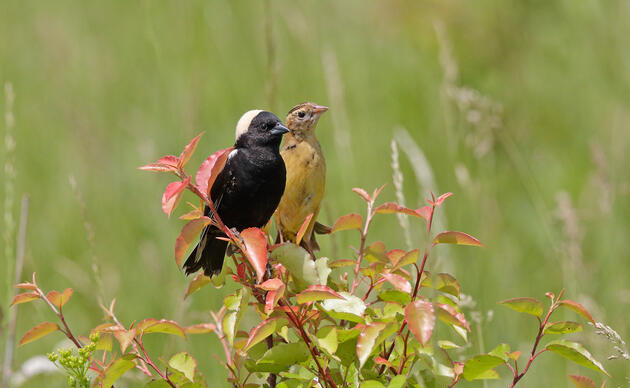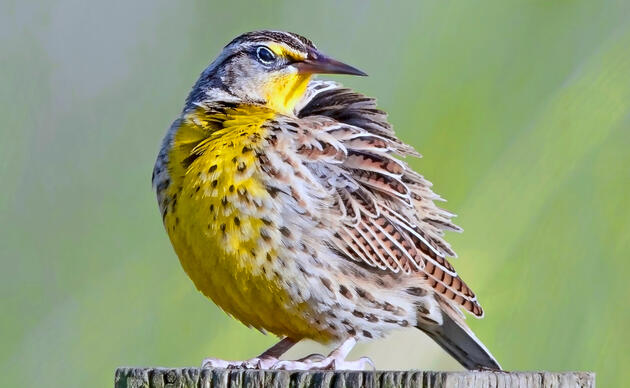Audubon Great Plains manages the 2300-acre Edward M. Brigham III Alkali Lake Sanctuary for birds, other wildlife and people to thrive. This mosaic of interspersed grasslands and wetlands provides habitat for some of North Dakota’s most iconic species of birds, including Western Meadowlarks, Bobolinks, Northern Pintails, Red Heads, and many more. The Sanctuary grasslands encircle 700-acre Alkali Lake which provides feeding grounds for White Pelicans and a diversity of water & shorebirds.
In 2017, Audubon Great Plains initiated a rotational grazing system to improve grassland habitat quality in collaboration with a local cooperator. Cattle maybe present between the months of May through October.
What to expect when you visit:
- The Sanctuary is open to the public from sunrise to sunset.
- There are roughly 40 acres near the main house and around barn that can be explored on minimum maitenance roads and around the property.
- The buildings on-site are not open to the public.
- Restrooms are not available.
- Barbed wire fencing is in place as part of our rotational grazing plan with cattle grazing on-site. Please do not cross the fencing.
- Lake access on the East side of Alkali Lake is closed during waterfowl migration from Oct. 1 – and re-opened at freeze-up (usually mid-November)
- No Smoking on-site
Notice: Hunting Season on Site
Please be advised that deer hunting may take place on the property intermittently from November 1st through January 10th for the purpose of managing deer populations on the sanctuary for the benefit of the ecosystem. During this period, visitors should plan to wear bright colors (blaze orange is preferred) for safety reasons.
How you can help, right now
Support Rowe Sanctuary
Help us continue our important work for Sandhill Cranes and other birds that rely on the Platte River ecosystem!
Support Spring Creek Prairie
We are able to provide and protect this amazing landscape only with the help of private donations. Help us keep the trails open and the prairie thriving!
Support Audubon in the Great Plains
Support our work with local landowners, urban woods and prairies, and education programs in Nebraska and the Dakotas!




